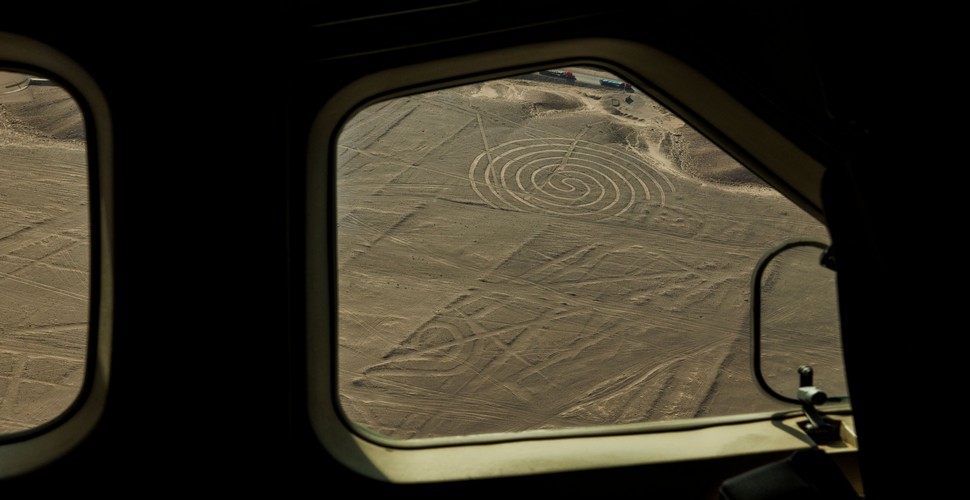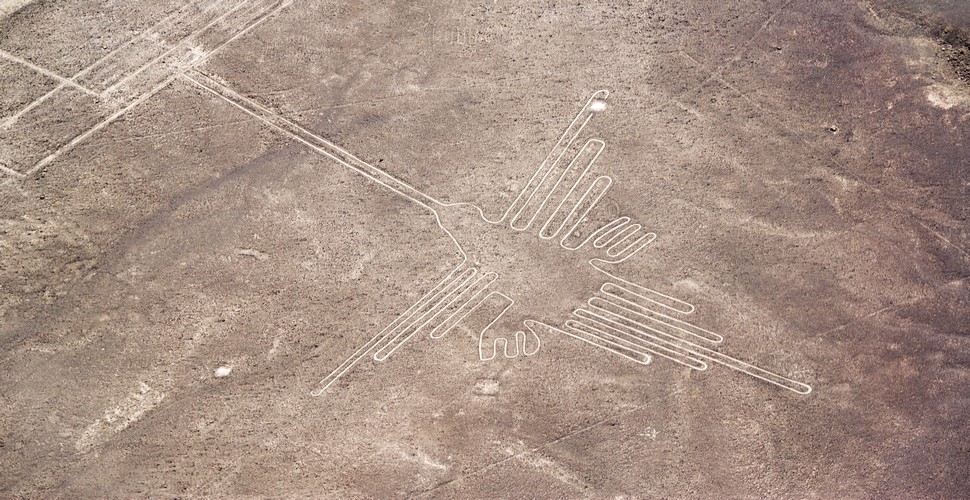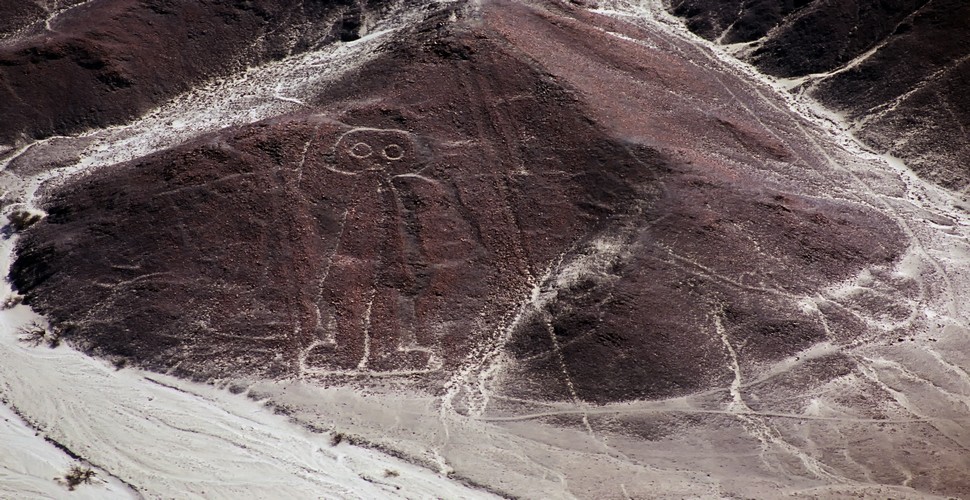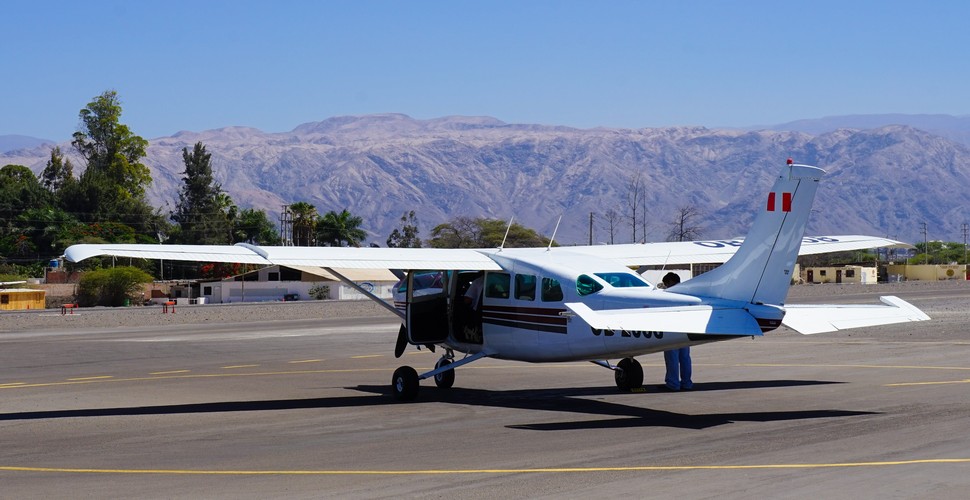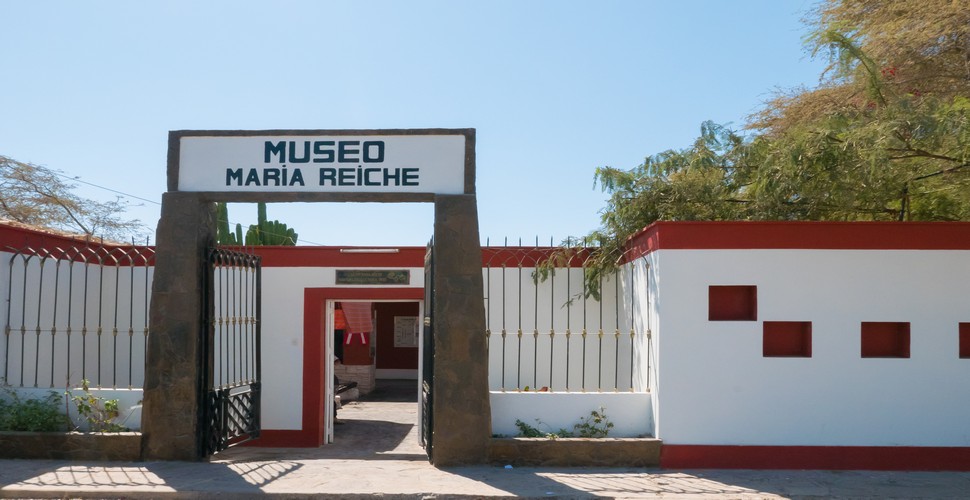
The Mysterious Nazca Lines
Written by:Valencia Travel
Last Update: 2025-01-09
The magnificent world-renowned Nazca lines have been the subject of mystery for over 80 years. How were they formed? What purpose did they serve? Were aliens involved? If you fly over the desert on the southern coast of Peru, you’ll spot dozens of line drawings stretching hundreds of feet across the arid landscape. The Nazca people created these images, depicting such characters as a whale, a hummingbird, an astronaut and a spider nearly 2,000 years ago. The etchings may have served as a massive astronomical calendar or paid homage to their gods; however, their actual purpose still eludes historians.
View from The Aeroplane
Nazca Lines: Unraveling the Mysteries of Ancient Geoglyphs
The lines are known as geoglyphs, drawings on the ground made by removing rocks and earth to create a “negative” image. The stones covering the desert have oxidized and weathered to a deep rust color, and because there’s so little rain, wind and erosion, the exposed designs have remained largely intact for 500 to 2000 years. Scientists believe that the majority of lines were made by the Nazca people, who flourished from around A.D. 1 to 700. These geoglyphs are a mystery because they can only be fully seen from high above in the air. And when there is a mystery, all sorts of theories follow. How did the people who created them ever see them in total, and why were they made in the first place?
Hummingbird
The Theories
One theory behind the purpose of these lines is that they were designed for sacred ceremonies for the Nazca people, who prayed to various deities for agriculture and water. These shapes were made to spread out over 50 kilometers so the above gods could see them.
The Kosok-Reiche astronomy theories were held until the 1970s when a group of American researchers arrived in Peru to study the lines. This new wave of research started to poke holes in the archaeo-astronomy view of the lines, not to mention the somewhat bizarre theories in the ‘60s relating to aliens and ancient astronauts.
Spaceman
Seeking Water: Johan Reinhard's Insights on the Nazca Lines
Nazca Airport
The Nazca Lines: Alien Theories and Water Markers
Erich von Däniken's theory is the most famous approach to solving the mystery of the Nazca lines. He had the idea that visitors from other stars from long ago visited the earth and landed here. His theory suggests that during the landing, stones were blown away by the power of rocket propulsion.
David Johnson believes that the Nazca Figures are markers for underground water flow. Trapezoids show the broadness of the water stream; zigzag lines show where they end, and lines show the direction of the puquios. Reindel sympathizes with Johnson's Theory. Additionally, he explains the nature of the figures by rod-dowsing to find the underground water and shamanistic flights to view the statistics) from above.
Maria Reiche Museum, Nazca
Add new technological research to the mix, and there’s no doubt that the world’s understanding of the Nazca lines will continue to evolve. For archaeology and history enthusiasts who want to witness this mystery, Valencia Travel can arrange tours to view the Nazca Lines from a small plane to learn more about all the existing theories. However, it is essential to remember that flight times are always subject to change due to weather or wind conditions on the day of the flight. Book now to discover your theory about why these magnificent lines exist!
 Aventure
Aventure
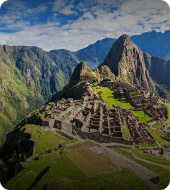 Cultural
Cultural
 Gastronomy
Gastronomy
 Wellness
Wellness
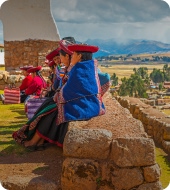 Local Living
Local Living
 Luxury
Luxury
